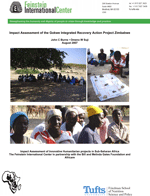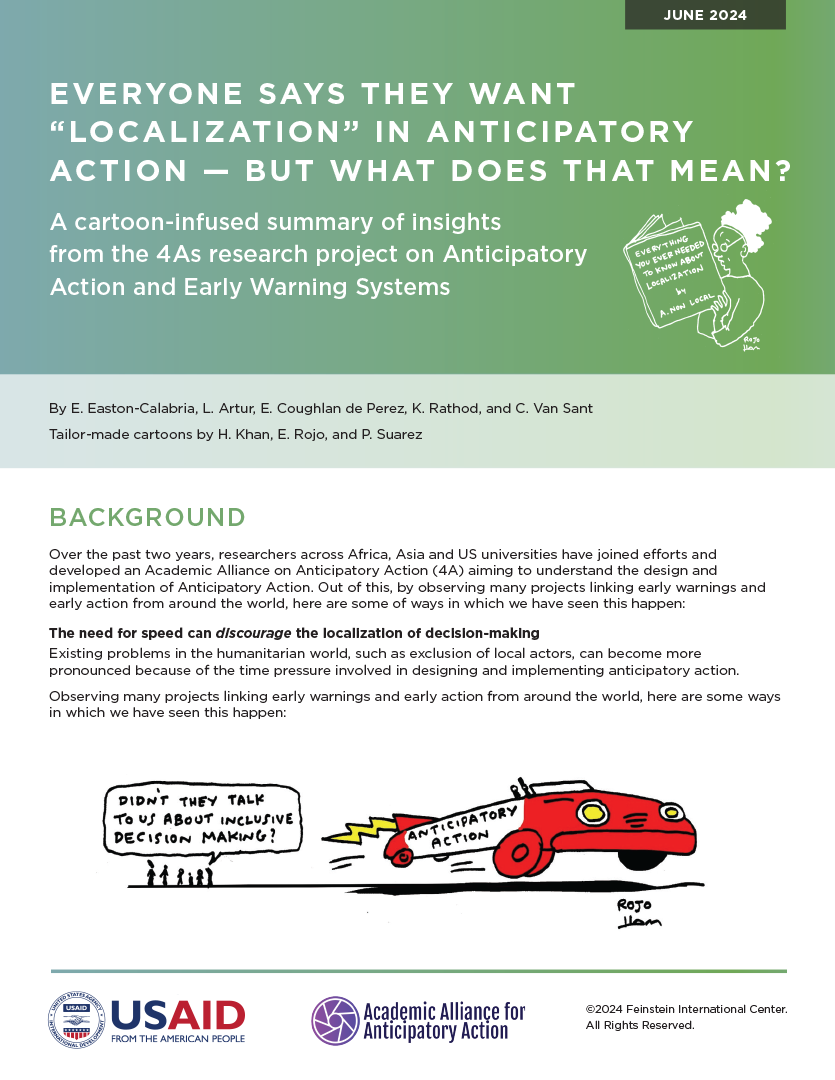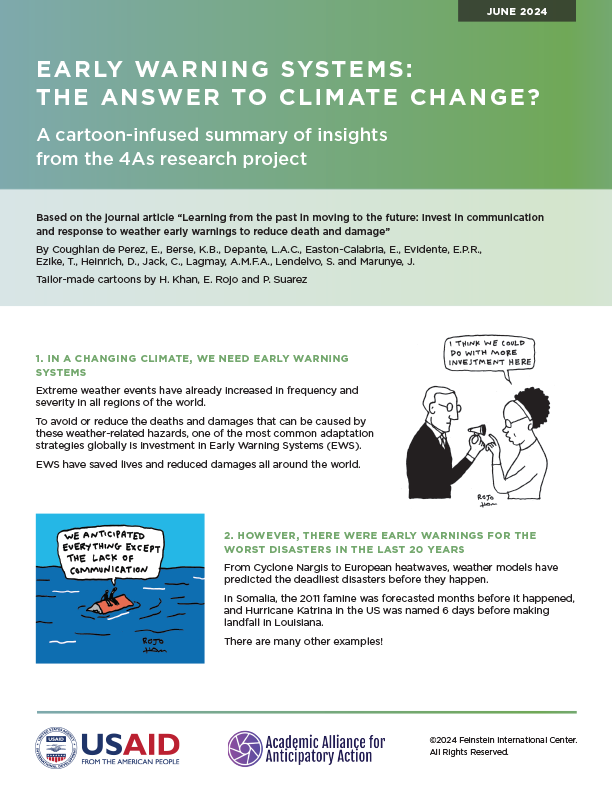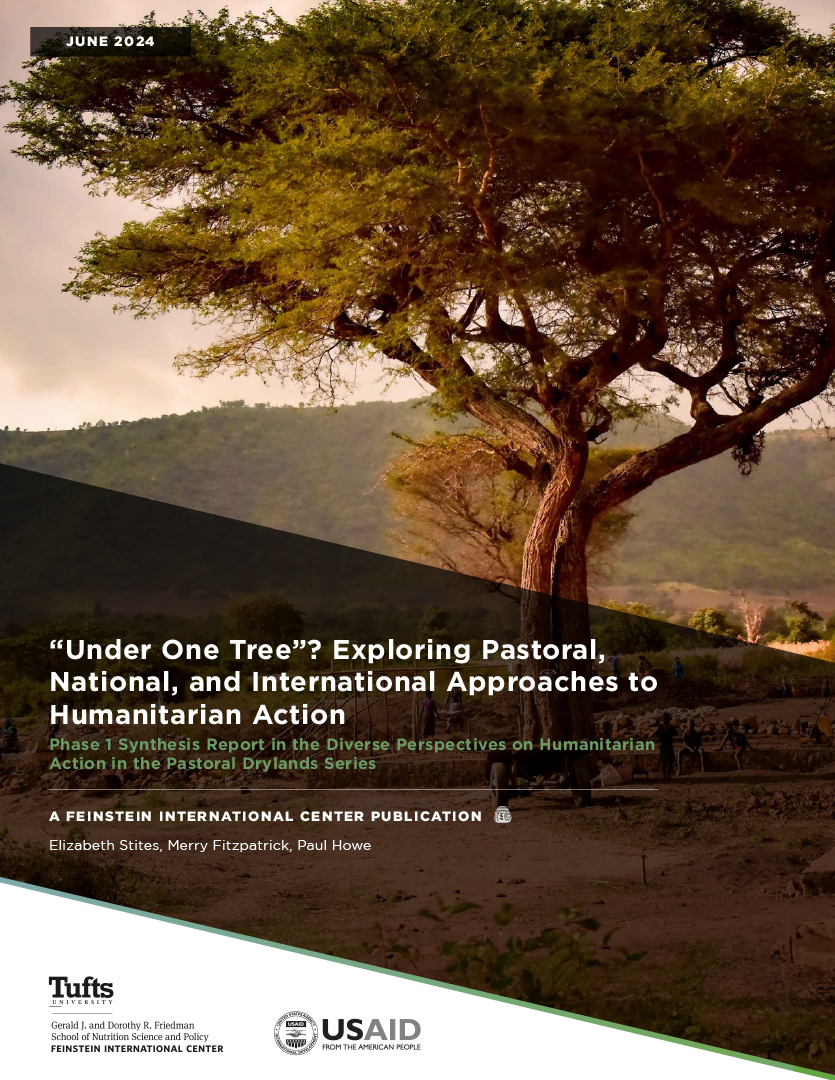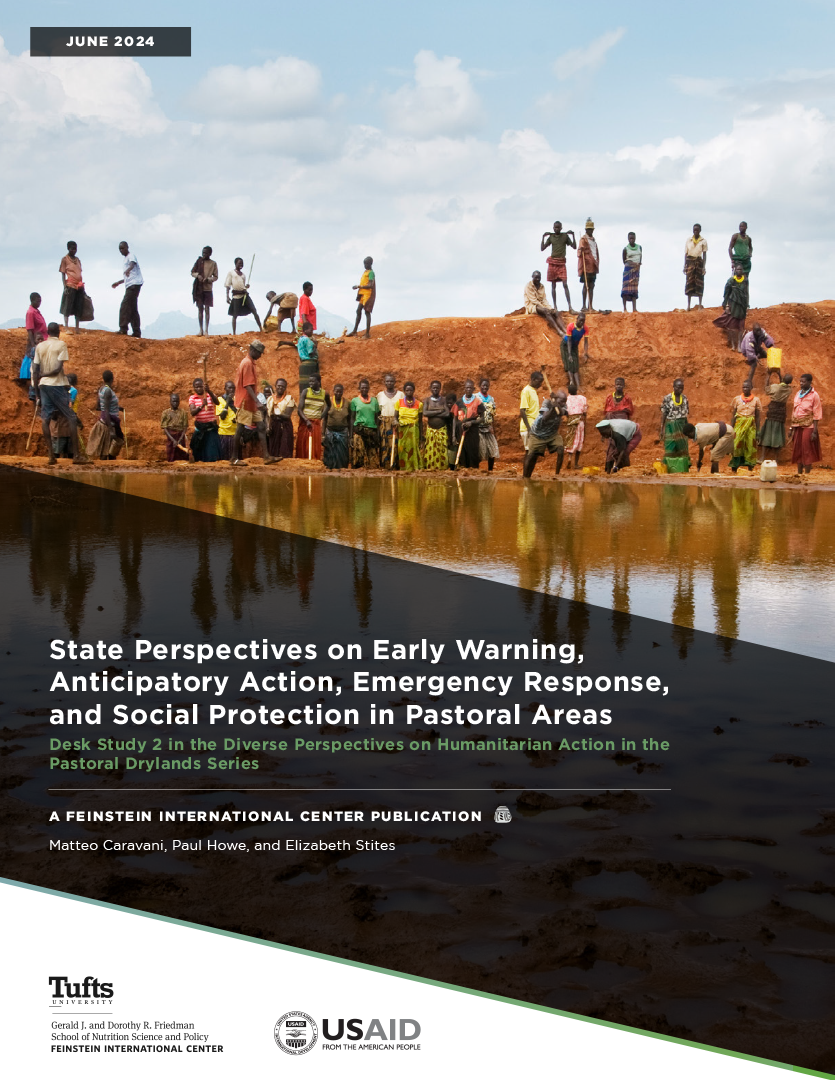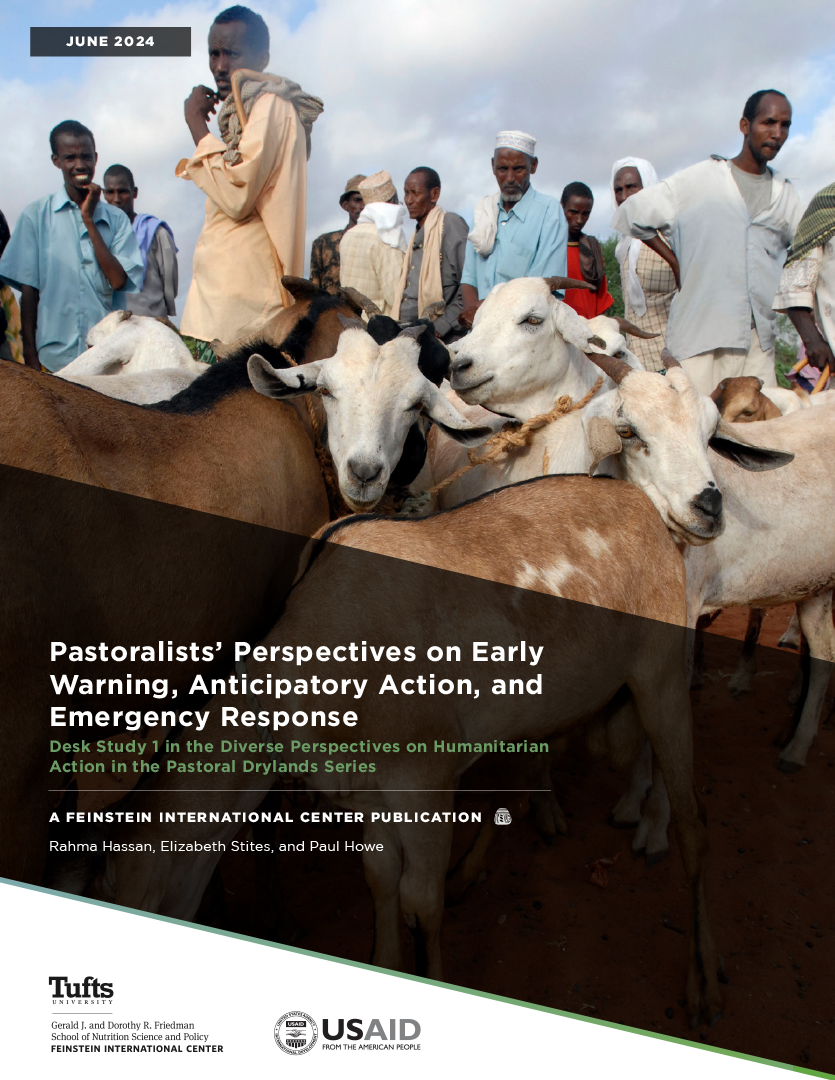This study was an impact assessment of the “Gokwe Integrated Recovery Action Project” (GIRA) a drought recovery and famine mitigation intervention being implemented by Africare in the Midlands Province of Zimbabwe. The assessment is one component of a broader applied research initiative “Impact Assessment of Innovative Humanitarian Projects in Sub-Saharan Africa” supported by the Bill & Melinda (B&M) Gates Foundation. The research which is being carried out by the Feinstein International Center (FIC, Tufts) focuses on the development and application of a participatory assessment toolkit to measure the impact of seven projects in Africa being supported by the B&M Gates Foundation under a separate grant; the “Sub-Saharan Africa Famine Relief Effort”. All seven projects have taken an integrated livelihoods approach to alleviating the immediate needs of the affected communities, and to addressing the longer term vulnerability issues resulting in famine and food insecurity.
The GIRA project started in December 2005, and was designed to provide income and nutritional benefits to 10,000 drought affected people through improved crop production, utilization and marketing. The specific project activities included the introduction of new nutritious crop varieties such as soybean, the provision and promotion of drought tolerant cereal varieties, the distribution of drip irrigation kits and agro-processing equipment, and the provision of training in agronomy, agro-processing and business management.
The impact assessment was conducted by GIRA project staff and Government Agricultural Extension (AREX) officers affiliated with the project. The assessment was supported by researchers from FIC, Tufts. Using a Participatory Impact Assessment (PIA) approach the study covered the four geographical areas (wards) where the project is being implemented. The assessment focused on the direct impact of the project on the livelihoods of the participating households. It did not explore the broader social, political or environmental implications that might be attributed to a humanitarian intervention.
In spite of an ongoing drought in the area, the results of the assessment indicate that the project has had a significant impact on the livelihoods of the communities being assisted. This has manifested itself in both food security and income benefits. The findings also demonstrate that the project has had a greater impact in the two wards least affected by the drought; at least in terms of actual project derived food and cash transfers. In the two wards most affected by the ongoing drought the evidence suggests that the project has significantly improved the participating household’s ability to cope with the drought.
In terms of the food security benefits, the project has improved both the quality and quantity of food being consumed in the participating households. This has had a positive impact on health, nutrition, hospitality and charity. The income and savings benefits have allowed people to invest in livestock assets which has improved their resilience to drought and inflation as these can be (and are) converted back into cash or food during times of crisis. In the interim one can expect nutritional benefits from livestock products. The income benefits have enabled some people to set up small businesses and thereby diversify their livelihoods options. For others savings on food purchases has freed up cash which can be spent on school fees, farming implements, and home improvements.
One of the most important project impacts identified by the participants was the skills and knowledge transfer provided by the agronomy and agro-processing training activities. Many considered this to be the most important benefit of the project. The impact of these training sessions was not limited to direct project participants, as nearly as many non-participants attended the trainings.
The original goal of the project was to ‘ensure the short-term food security of the targeted project households, and to mitigate the effects of future droughts on these households’. Although this impact assessment took place before the project activities had been completed, the findings indicate that these project goals have been met.

